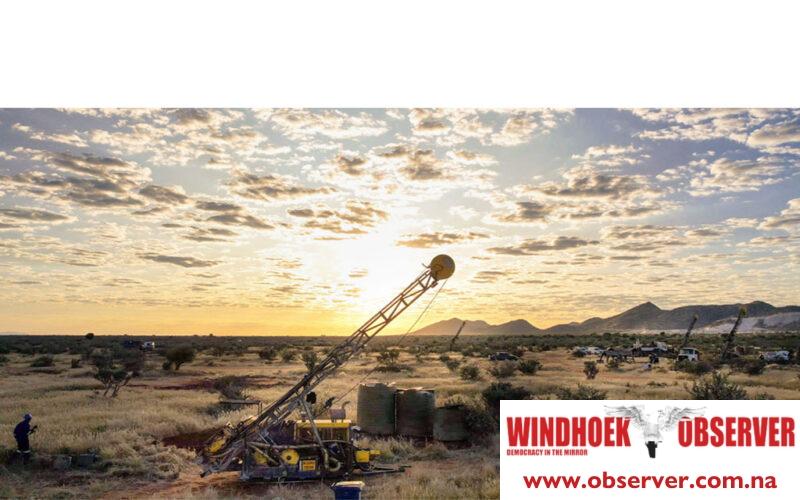CHAMWE KAIRA
The planned gold mine near Karibib will consumer over 1,1 million cubic meters of water, a report on the proposed abstraction of groundwater from the Kranzberg Aquifer in the Erongo Region. The proposed project is situated in close proximity to Usakos town.
The report conducted by SLR Environmental Consulting said the current Definitive Feasibility Study (DFS) mine infrastructure and plant designs at Osino Resources’s Twin Hills has indicated a daily water demand of 3 300 million cubic meters (m3) of water per day or 1,1 Million m3/annum catering for five million tonnes per annum (Mtpa) throughput and sustain mining operations and related activities.
NamWater in collaboration with Osino, investigated and confirmed feasibility to abstract groundwater from the Kranzberg Aquifer.
The finding supports expansion of Kranzberg Water Supply Scheme. NamWater, in collaboration with Osino, has proposed to abstract groundwater from the Kranzberg Aquifer and expand the existing Kranzberg Water Supply Scheme, as an option to supply water to the Twin Hills Gold Mine.
The report said groundwater will be abstracted from the Kranzberg Water Supply Scheme boreholes and transported along a pipeline from the boreholes via Karibib to the terminal reservoir on the Twin Hills mine site.
The Kranzberg Aquifer has two sub-aquifers, namely the Kranzberg- and Aroab sub-aquifers and volume of approximately 700 000 m3/annum is recharged to the abstraction area from local runoff alone.
The primary source of water for the Twin Hills mine is groundwater from the boreholes located within the mining licence area. Osino is currently investigating various water supply options to secure water supply to the mine. The other options being considered are Khan Water Supply Scheme which includes the development of a sand storage dam on the Khan River and desalinated water supply from Orano desalination plant at Wlotzkasbaken.
According to the report, the Twin Hills Gold Mine will be a key stakeholder within the mining industry and a major contributor to Namibia’s economy. Once the mine is operational the Namibian economy can expect benefits from revenues during the construction phase, royalties and taxes during the life of mine (LoM), and a positive contribution towards employment, the report said.
Based on current mine plans, between 1000 and 1500 people will be employed during construction, and approximately 450 for the operational phase, providing jobs and livelihoods for them, and their families, for a minimum of 17 years.
The report said in terms of water security, expansion of the Kranzberg Water Supply Scheme stands to diversify available supply options that will benefit the Twin Hills Gold Mine, as well as the basin within which it operates.




